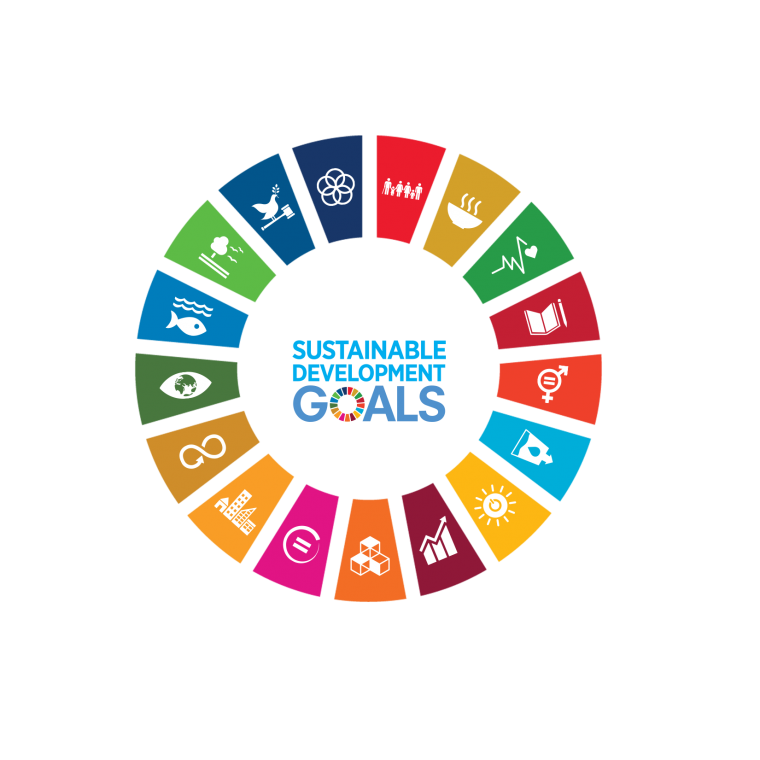Analisis Macro Stress-Testing terhadap Perbankan di Indonesia
DOI:
https://doi.org/10.18196/jerss.v2i1.9945Keywords:
Stress Test, NPL, VAR (IRF)Abstract
Sektor perbankan merupakan sarana dalam menunjang pembangunan suatu negara. Sektor perbankan menjadi salah satu lembaga pembiayaan bagi masyarakat. Terjadinya krisis ekonomi dan keuangan yang disebabkan oleh faktor makroekonomi akan berdampak pada kestabilan kondisi perbankan. Hal tersebut biasanya bermula dari meningkatnya risiko kredit yang bermasalah, sehingga akan mengganggu sistem perbankan yang ada. Penelitian ini menggunakan metode stress test dengan memanfaatkan instrumen vector autoregressive (VAR) yaitu impulse response function (IRF). Variabel yang digunakan dalam penelitian ini adalah non performing loan (NPL) sebagai variabel terikat dan sebagai variabel bebas yaitu inflasi, PDB, BI rate, kurs, dan harga minyak dunia. Hasilnya menunjukkan bahwa guncangan pada variabel inflasi dan BI rate berpengaruh terhadap respon NPL yang relatif tinggi. Sedangkan secara simultan, kombinasi guncangan dari varibel inflasi, kurs, dan harga minyak dunia, memiliki pengaruh yang sangat besar terhadap NPL yang relatif tinggi.References
Bogue, D. J. (1952). A Methodological Study of Migration and Labor Mobility in Michigan and Ohio in 1947. Oxford, Ohio: Scripps Foundation, Miami University.
Greenwood, Michael J. (1969). The determinant of Labor Migration in Egypt. Journal of regional Science 9(2), 283-290. https://doi.org/10.1111/j.1467-9787.1969.tb01341.x
Hugo, J. G. (1995). Effects of International Migration on the Family in Indonesia. Asian and Pasific Migration Journal, 11(1), 13-46. https://doi.org/10.1177%2F011719680201100102
Lee, E. S. (1966). A Theory of Migration. Demography, 3(1), 47-57. Diakses dari http://links.jstor.org/sici?sici=0070-3370%281966%293%3A1%3C47%3AATOM%3E2.0.CO%3B2-B
Lewer, J. J., & Van den Berg, H. (2008). A Gravity Model of Immigration. Management Department Faculty Publications. 22.
Linneman, H. (1966). An econometric study of international trade flows. North-Holland. Amsterdam.
Mayda, A. M. (2005). International Migration: A Panel Data Analysis of Economic and Non-Economic Determinants. Discussion Paper.
Montgomery, D.C., Peck, E.A., & Vining, G.G. (2001). Introduction to Linear regression Analysis, 3rd edition. New York; Wiley,
Mundlak, Y. (1978). On the pooling of time series and cross section data. Econometrica, 46(1), 69-85. https://doi.org/10.2307/1913646
Rachmadi, M. S. (2010). Analisis Migrasi Tenaga Kerja Internasional Indonesia dengan Model Gravitasi. Skripsi. Univesrsitas Airlangga.
Ravenstein, E. G. (1889). The laws of migration. Journal of the Statistical Society of London, 48(2), 167-235. Diakses dari http://www.jstor.orglstable/2979181
Salvatore, D. (1997). Ekonomi Internasional. Edisi kelima jilid 1. Jakarta: Erlangga.
Syaukat, Ahmad. (1997). Faktor-Faktor Yang Menentukan Pilihan Derah Tujuan Migrasi Penduduk Jawa Barat Berdasarkan Data SUPAS 1985. Tesis. Pasca Sarjana Universitas Indonesia
Tinbergen, J. (1962). An Analysis of World Trade Flows in Shaping the World Economy, edited by Jan Tinbergen. Twentieth Century Fund. New York, NY.
Todaro, M. P. (1983). Pembangunan ekonomi di dunia ketiga jilid 2. Jakarta: Ghalia Indonesia.
Ullah, S. M. (2012). Determinants of International Labor Migration from Bangladesh: A Gravity Model of Panel Data. Graduate School of Economics, Ritsumeikan University.
United Nations Population Division. (2000). Replacement Migration: Is it a solution to declining and ageing populations, New York, Population Division, Department of Economic and Social Affairs, ESA/P/WP.160/
Downloads
How to Cite
Issue
Section
License
License
You are free to:
- Share — copy and redistribute the material in any medium or format.
- Adapt — remix, transform, and build upon the material for any purpose, even commercially.
The licensor cannot revoke these freedoms as long as you follow the license terms.
Under the following terms:
- Attribution — You must give appropriate credit, provide a link to the license, and indicate if changes were made. You may do so in any reasonable manner, but not in any way that suggests the licensor endorses you or your use.
- ShareAlike — If you remix, transform, or build upon the material, you must distribute your contributions under the same license as the original.
- No additional restrictions — You may not apply legal terms or technological measures that legally restrict others from doing anything the license permits.

This work is licensed under a Creative Commons Attribution-ShareAlike 4.0 International License.

